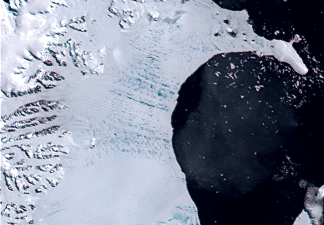The following example 1.1 is what I think of as a good map. The image displays a delta located in northern California just east of the Bay-area. The map is organized in a fashion that utilizes few color combinations and topographic elements creating an image that relies on clarity rather than multiple graphical features. Balance is represented through the orientation of the map elements. The north compass balances out the smaller legend-type map adequately, in turn the smaller map balances the orientation of the larger map image, as the viewer is able to easily perceive location. This map is not without fault the map does not indicate the geographical location of the image, which can be important if you have never been to the United States. The map also lacks a proper legend indicating fundamentals such as distance. This type of map has few practical applications, as it does not indicate distance and only represents the most frequently used roads. Still I like the overall content of the map it clearly represents the Sacramento delta.
Example 1.2 offers a preview of what a bad map can look like. Similar to 1.1 this map also lacks any indication of geographical location, for all we know this is somewhere in Europe. Aside from this problem, the map uses multiple symbols but has no legend indicating their exact meaning. The organization seems cluttered and over whelming to the eye, there are simply too many things to look at. The lack of organization practically obliterates harmony, clarity, and visual hierarchy. The usefulness of this map is extremely limited compared to example 1.1. Individuals that were familiar with the general area, perhaps a local or maybe a city planning department could only useful application of this map.

Example 1.2




